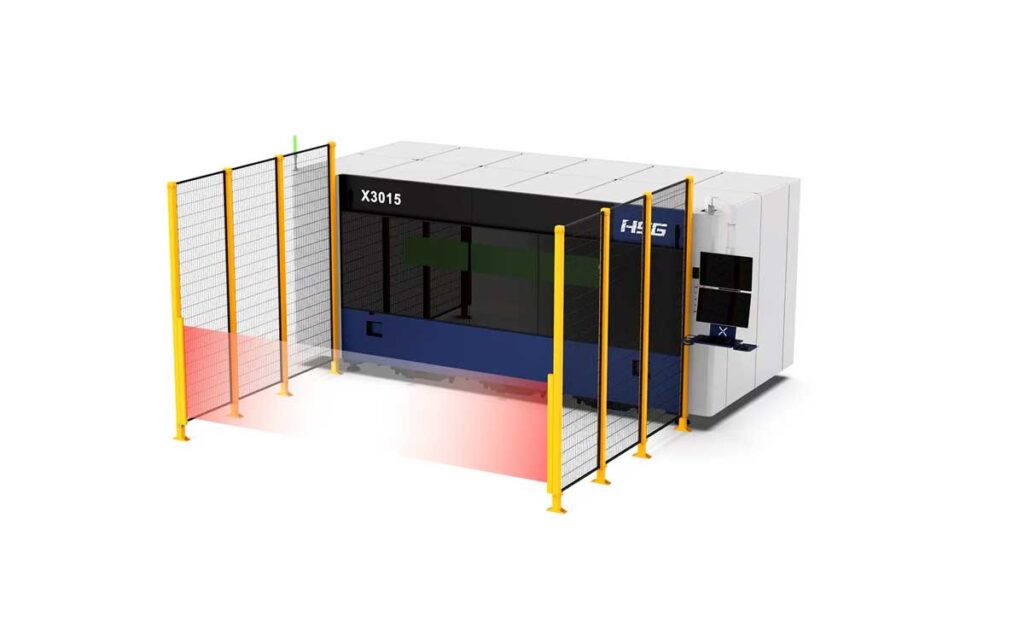Transitioning to fiber laser technology is a significant step for any manufacturing operation, promising enhanced efficiency, precision, and cost-effectiveness. However, the process of upgrading from traditional laser systems to fiber lasers can be complex and requires careful planning and execution. This guide aims to provide a comprehensive overview of fiber laser technology, highlight its key benefits, outline the steps for a successful upgrade, and address common challenges and solutions.
Understanding Fiber Laser Technology: An Overview
Fiber laser technology represents a significant advancement in the field of laser cutting and engraving. Unlike traditional CO2 lasers, fiber lasers use optical fibers doped with rare-earth elements such as ytterbium to generate the laser beam. This results in a highly efficient and powerful laser that can cut through a variety of materials with remarkable precision.
One of the primary advantages of fiber lasers is their ability to produce a beam with a much smaller focal diameter. This allows for finer cuts and more intricate designs, making fiber lasers ideal for applications requiring high precision. Additionally, fiber lasers are known for their high electrical efficiency, converting a larger percentage of electrical power into laser light compared to CO2 lasers.
The durability and longevity of fiber lasers are also noteworthy. With fewer moving parts and a solid-state design, fiber lasers require less maintenance and have a longer operational life. This translates to reduced downtime and lower maintenance costs, which are critical factors for any manufacturing operation.
Moreover, fiber lasers are versatile and can be used on a wide range of materials, including metals, plastics, and composites. This versatility makes them suitable for various industries, from automotive and aerospace to electronics and medical device manufacturing.
Key Benefits of Transitioning to Fiber Lasers
Transitioning to fiber laser technology offers numerous benefits that can significantly enhance your manufacturing capabilities. One of the most compelling advantages is the increased cutting speed. Fiber lasers can cut materials much faster than traditional CO2 lasers, leading to higher productivity and shorter lead times.
Another key benefit is the improved energy efficiency. Fiber lasers consume less power while delivering higher output, which can result in substantial cost savings on energy bills. This efficiency also contributes to a smaller carbon footprint, aligning with sustainability goals and reducing environmental impact.
The precision and quality of cuts achieved with fiber lasers are unparalleled. The smaller beam diameter and higher beam quality allow for cleaner cuts with minimal thermal distortion. This precision reduces the need for secondary processing, such as deburring or finishing, saving both time and resources.
Additionally, fiber lasers offer greater flexibility in terms of material compatibility. They can easily cut through reflective materials like aluminum and copper, which are challenging for CO2 lasers. This expanded capability opens up new opportunities for manufacturers to diversify their product offerings and enter new markets.






